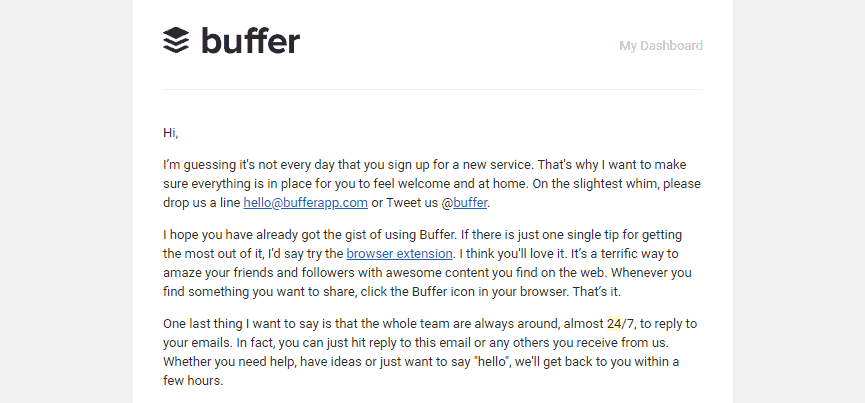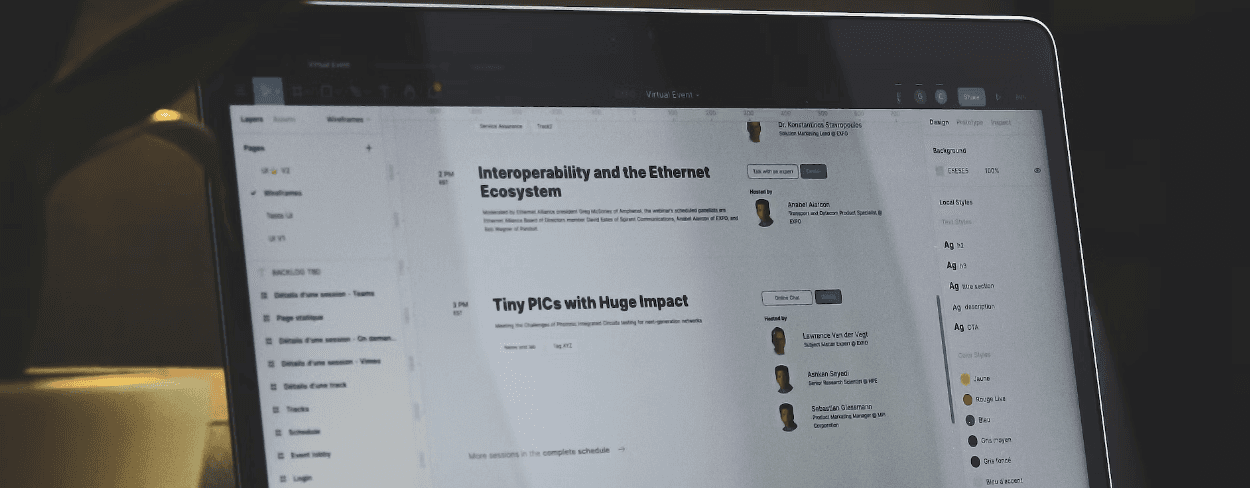2
min to read
Jan 5, 2024
In the rapidly evolving landscape of digital marketing, the ability to anticipate and understand customer behavior is a critical factor in achieving success. The emergence of predictive analytics and Artificial Intelligence (AI) has provided marketers with powerful tools to gain insights into customer behavior, enabling them to anticipate and shape customer interactions. This article will explore the role of predictive analytics in anticipating customer behavior, the impact of AI on marketing strategies, and the practical applications of predictive analytics in the context of push notifications.
The Power of Predictive Analytics
Predictive analytics is a sophisticated methodology that involves the systematic application of historical data analysis, statistical algorithms, and machine learning techniques to forecast future events or consumer behaviors. It goes beyond the realm of pattern recognition, extending to making data-informed predictions regarding forthcoming consumer behaviors. In the context of marketing, this capability holds immense potential for businesses seeking to remain ahead of evolving customer behaviors and make informed decisions to drive marketing strategies.
The advent of the digital age has ushered in a profound transformation in the way customers behave, engage, and make purchasing decisions. Understanding this evolution is crucial for businesses seeking to remain relevant and effective. Predictive analytics endows marketers with the advantage of anticipating and shaping customer behavior, enabling them to gain a competitive edge in the market.
The Role of Predictive Analytics in Marketing Strategies

The infusion of predictive analytics in the marketing domain is akin to opening a new chapter in the evolution of marketing paradigms. By harnessing historical data and employing sophisticated algorithms, predictive analytics enables businesses to foresee consumer behavior and emerging market trends. This foresight can be instrumental in crafting marketing strategies that are not only responsive but also proactive, allowing businesses to stay ahead of the curve and drive impactful marketing initiatives.
Predictive analytics doesn't just provide a glimpse into the future; it offers actionable insights that can be harnessed to craft marketing strategies that are more precise, targeted, and effective. By leveraging predictive analytics, businesses can listen to more complex signals from customer insights, inform precision marketing, and stimulate demand with greater accuracy and impact.
Practical Applications in Push Notifications
The application of predictive analytics in the context of push notifications is particularly powerful. By leveraging AI and predictive analytics, businesses can anticipate customer behavior and deliver highly targeted and relevant push notifications to their audience. Some practical applications of predictive analytics in push notifications include:
Anticipating Purchase Behavior: Predictive analytics can forecast customer purchase behavior, enabling businesses to send timely and relevant push notifications to customers who are likely to make a purchase. This can significantly impact conversion rates and drive sales.
Churn Prediction: AI-powered predictive analytics can identify customers with a high probability of churning, allowing businesses to take proactive measures to retain valuable customers. By sending targeted push notifications to at-risk customers, businesses can mitigate churn and improve customer retention.
Personalized Recommendations: Predictive analytics can be used to analyze customer preferences and behaviors, enabling businesses to deliver personalized product recommendations through push notifications. This level of personalization can significantly impact customer engagement and satisfaction.
Real-Time Adjustments: AI algorithms can analyze customer interactions with push notifications in real-time, allowing businesses to make adjustments to their push notification strategies based on the performance of these messages. This real-time optimization can lead to more effective and impactful push notification campaigns.
The Future of Predictive Analytics in Push Notifications

As AI and predictive analytics continue to advance, the future of push notifications will be increasingly shaped by these technologies. The integration of predictive analytics in push notifications will enable businesses to deliver highly personalized and relevant messages to their audience, driving increased customer engagement and better results. The future trends in predictive analytics for push notifications include:
Hyper-Personalization: The future will see a shift towards hyper-personalization, with AI advancements enabling more accurate and real-time segmentation, allowing businesses to stay ahead of evolving customer behaviors.
Integration with Other Marketing Channels: Push notifications will become more integrated with other marketing channels, with AI playing a significant role in unifying data across various platforms.
Automated Content Creation: AI-powered tools will continue to improve content creation and marketing, helping businesses generate engaging and relevant content for their push notification campaigns.
In conclusion, the integration of predictive analytics and AI in push notifications offers a promising future for businesses looking to deliver consistent and personalized messaging across various channels. By leveraging AI algorithms for data analysis, personalization, predictive analytics, and automation, businesses can improve their push notification campaigns and better connect with their audience. As AI continues to advance, its role in push notifications will become increasingly important, making it essential for businesses to embrace this technology and adapt to the changing marketing landscape.




